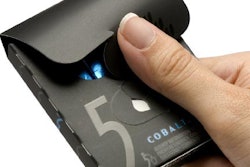
The use of low-level radiation to reduce microbial spoilage holds great promise when it comes to providing the world with food that is safer and more plentiful. Applications in developing countries should be viewed as the low-hanging fruit. In these regions, untold food loss is caused by insect infestation and poor control over inadequate distributon conditions. These losses can be greatly reduced through the use of low-level radiation.
Both gamma and electron-beam technologies have been used for more than 30 years to process sterile medical devices. It’s an effective and proven technology. The energy levels used to sterilize medical product are 100 times higher than the doses suggested for use in the food industry. The World Health Organization has stated that energy from irradiation sources in very low doses is a very effective method of reducing the microbial load on food products. This is especially valuable in developing countries where food losses are often due to poor or ineffective processing. The FDA views gamma and e-beam processing as “additives,” so every application must be reviewed individually. This is mostly due to the widespread but ill-founded perception that any use of radiation carries a risk. In the U.S., the FDA allows the use of this technology in 13 different foods, primarily for pathogen reduction, pest control, and inhibition of maturation.
I’m of the opinion that e-beam technology in particular holds great promise. Compared to gamma technology, e-beam generators are relatively cheap and self-contained. Also important, they can be installed as an end-of-packaging-line component, thus eliminating the off-site process inherent in gamma technology. That means a boost in production efficiency.

























